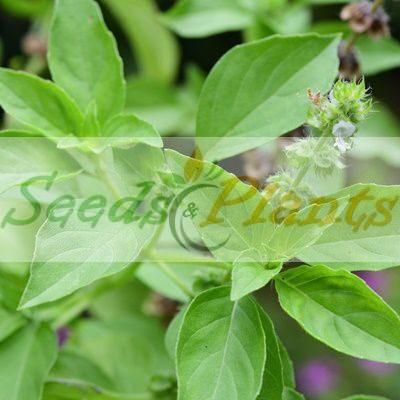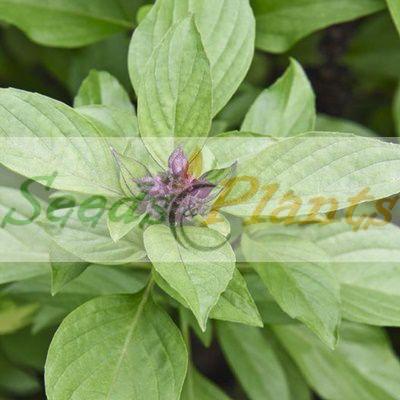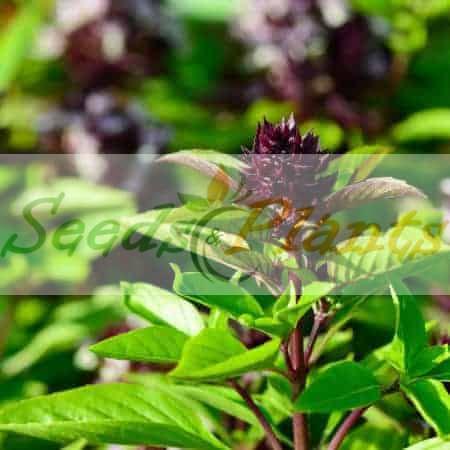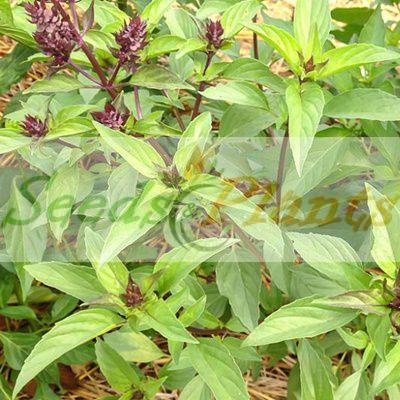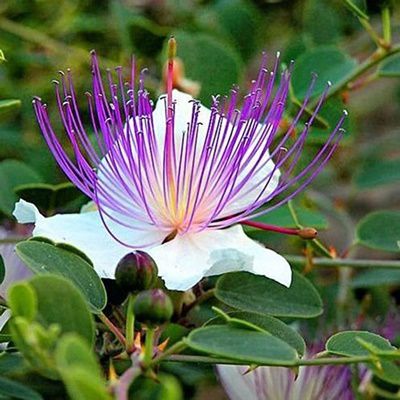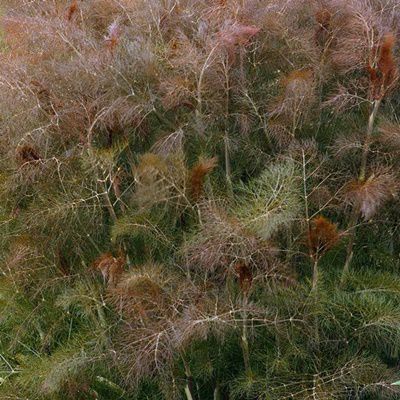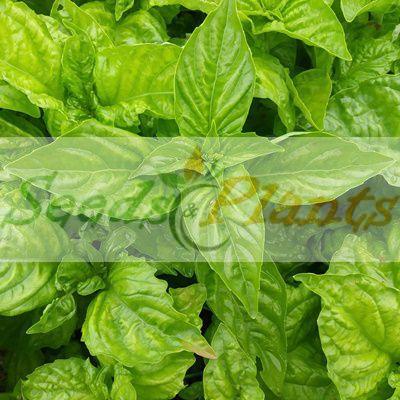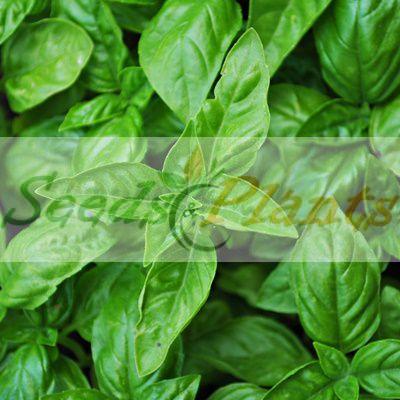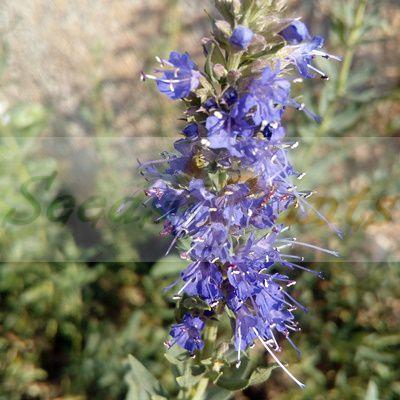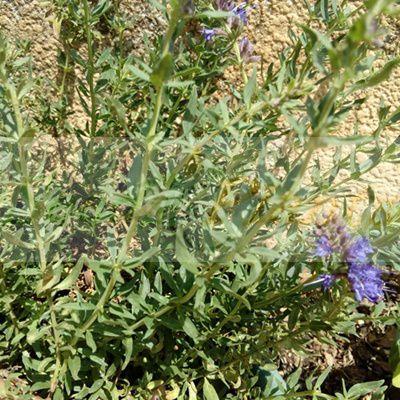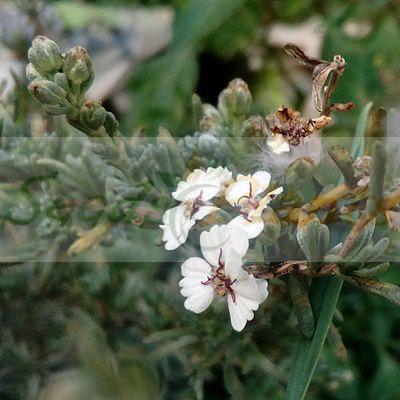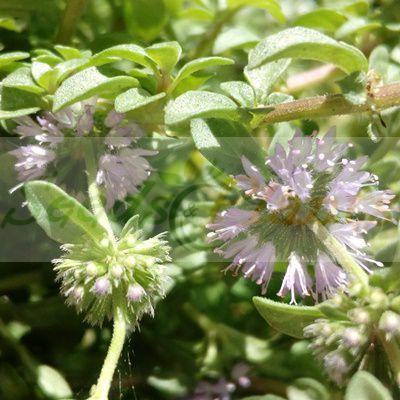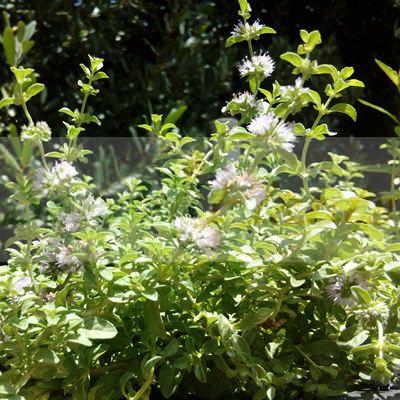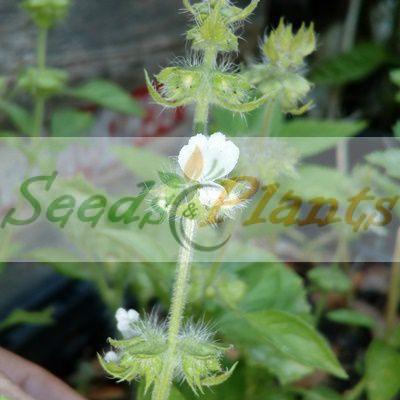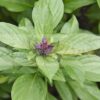🍃 Culinary Quick Facts
Culinary Info
- 🌍 Origin / Region: Southeast Asia
- 🍽️ Culinary Use: Curries, Flavoring, Noodle Dishes, Stir-frying
- 🥗 Edible Part: Flower, Leaf, Seed, Stem
- 😋 Flavor Profile: Anise-like, Licorice-like
Growth Traits
- 🌱 Life Cycle: Annual
- 🌾 Plant Type: Herbaceous Annual
- 🦋 Pollinator Method: Attracts Bees, Attracts Butterflies, Self-pollinating
- 🪴 Growth Habit: Bushy, Upright
- 🌸 Flower Color: Burgundy
Growing Requirements
- 🌞 Sun Exposure: Full Sun, Partial Shade
- 💧 Water Needs: Avoid Overwatering, Regular Water
- ☀️ Growing Conditions: Frost Sensitive, Heat Tolerant, Low Cold Tolerance, Not Drought Tolerant
- 🟤 Soil Preference: Fertile, Loose, Rich Organic, Well-Drained
Thai Siam Queen Basil – 100 Seeds
(Ocimum basilicum ‘Siam Queen’)
R30.00
It has an identifiable licorice flavor not present in sweet basil, and its flavor is more stable under high or extended cooking temperatures than that of sweet basil.
Seed Type: Organic – Harvested from our own plants.
Indoor Sowing: Late Winter and Early Spring.
Direct Sowing: Spring and Summer.
In stock
🍃 Culinary Quick Facts
Culinary Info
- 🌍 Origin / Region: Southeast Asia
- 🍽️ Culinary Use: Curries, Flavoring, Noodle Dishes, Stir-frying
- 🥗 Edible Part: Flower, Leaf, Seed, Stem
- 😋 Flavor Profile: Anise-like, Licorice-like
Growth Traits
- 🌱 Life Cycle: Annual
- 🌾 Plant Type: Herbaceous Annual
- 🦋 Pollinator Method: Attracts Bees, Attracts Butterflies, Self-pollinating
- 🪴 Growth Habit: Bushy, Upright
- 🌸 Flower Color: Burgundy
Growing Requirements
- 🌞 Sun Exposure: Full Sun, Partial Shade
- 💧 Water Needs: Avoid Overwatering, Regular Water
- ☀️ Growing Conditions: Frost Sensitive, Heat Tolerant, Low Cold Tolerance, Not Drought Tolerant
- 🟤 Soil Preference: Fertile, Loose, Rich Organic, Well-Drained
Thai Siam Queen Basil (Ocimum basilicum ‘Siam Queen’) is a large leaf cultivar of Thai Basil that has been cultivated to provide a distinctive set of traits preferred in Asian cuisine. It has an identifiable licorice flavor not present in sweet basil, and its flavor is more stable under high or extended cooking temperatures than that of sweet basil.
It has a stronger taste than many other sweet basil. It is very fast and easy to grow, and also quite pleasing to the eye. It produces flower heads that are deep burgundy, which contrasted nicely against the pale green and burgundy leaves.
Culinary Uses
- Use Thai basil for Thai, Indian, and Italian recipes.
- Fresh, it can be added to salads, and either the fresh or dried forms can be used to flavor soups, pasta, and vegetable dishes.
- It matches well with rice, poultry, and seafood.
- In Thai cuisine, great handfuls of fresh Thai basil leaves are added to spicy stir-fries.
- Thai basil can also be steeped into a soothing tea and used to flavor vinegar and oil as dressing components.
Growing Thai Siam Queen Basil
Indoor Sowing: Late Winter and Early Spring.
Direct Sowing: Spring and Summer.
- It is a great container plant and has a beautiful ornamental look to it. Height 50-60cm. Spread 30cm.
- Keep the seedbed or tray evenly moist during germination period.
- Sow indoors 6-8 weeks before the last frost in spring
- Sow Thai Siam Queen Basil Seeds evenly by covering them with 0.5 cm of soil.
- Keep the soil moist.
- The basil seeds should germinate within a week.
Disclaimer
Medicinal Information:
All medicinal information on this website is for educational and informational purposes only and may not be construed as medical advice. The information is not intended to replace medical advice or treatment offered by healthcare professionals.
Seeds, Plants, Plant Cuttings, Geophytes and Dried Herbs:
In some countries and provinces, certain plants are deemed as invasive and are not allowed to be planted at all, whilst some plants are allowed to be grown only in certain areas or provinces. The onus is on you as the buyer to familiarize yourself with the regulations pertaining to your location, before purchasing any of our seeds, plants, plant cuttings, geophytes or dried herbs. We will not be held liable, should you purchase any seeds, plants, plant cuttings, geophytes or dried herbs. from us which are prohibited in your country or province.


